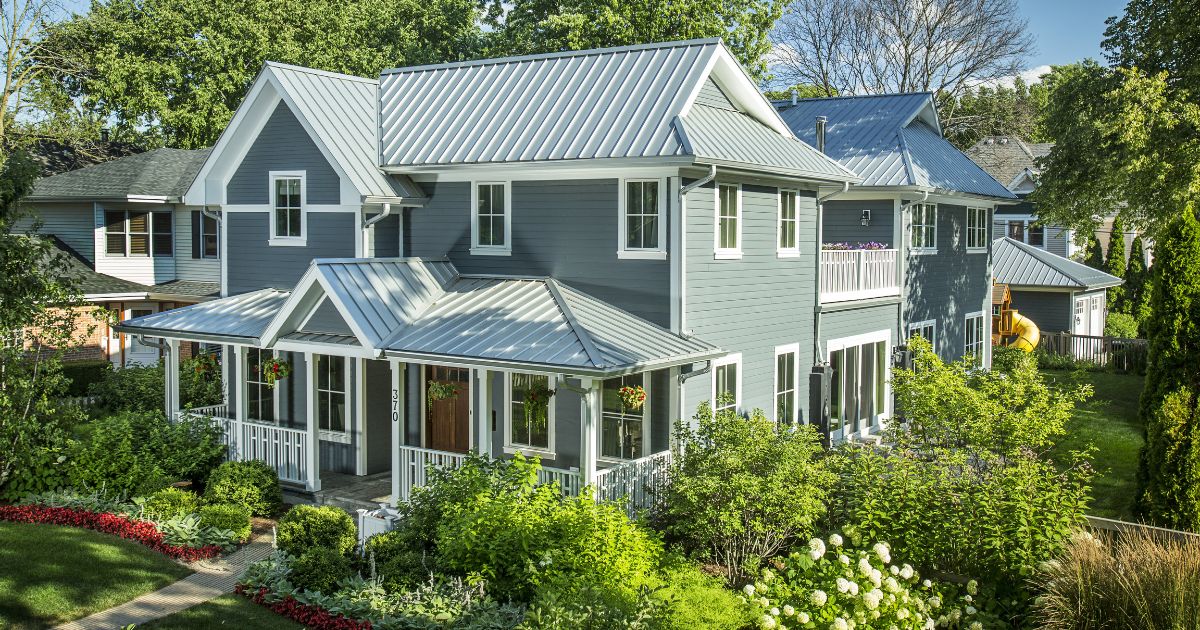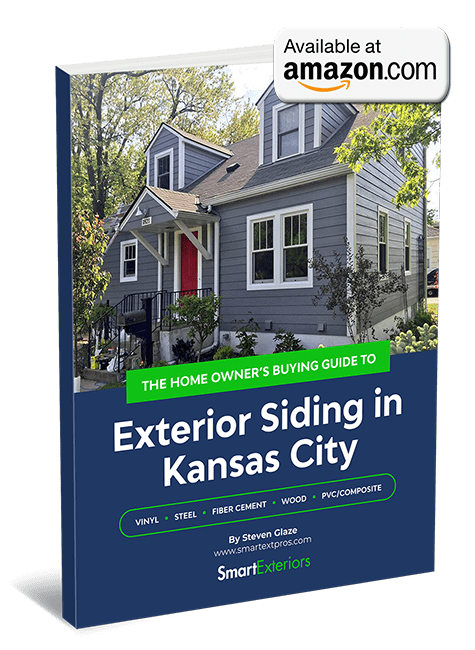Today, homeowners are more conscious than ever of how their renovation decisions affect the environment. If you’re replacing your siding, you may be wondering about eco-friendly materials—especially ones that deliver valuable protection and beauty.
One of the most popular sidings on the market, James Hardie, combines attractive looks and long-lasting performance in an environmentally friendly package. This top siding material is a great choice for home upgrades when you’re ready to “go green.”
What does it mean for a siding to be “eco-friendly”?
When it comes to environmentally responsible home upgrades, you’ll want to look at a few important questions:- How well does this siding perform over time? Is it long-lasting?
- Is this material recyclable? Can it be reused somehow?
- Does the manufacturer use responsible, sustainable practices?
- What is the material made of? Does it use a lot of resources that are hard to replace?

